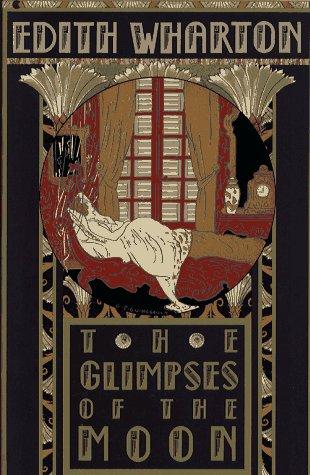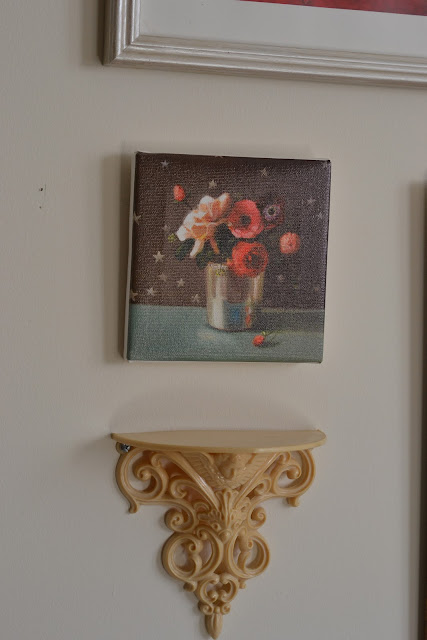The definition of a hireling is "a person employed to undertake menial work, especially on a casual basis". To my mind, it also evokes an impression of someone who is meek and servile, which couldn't be farther from the persona of Steve Leadbitter, the hireling at the center of L.P. Hartley's novel The Hireling.
In The Hireling, Leadbitter is a chauffeur who is hired on an as-needed basis by wealthy clients. He's an ex-military officer whose business is his life. Unlike the menial servant that the term "hireling" might suggest, Leadbitter conducts himself according to a strict code of strength and discipline. He looks down upon most of his clients, yet prides himself on his ability to cater to their needs and personalities. The handsome face and proper manners he presents at work hide an interior life that's bleak and belligerent. On the rare occasions when he's not driving his car, waiting for the ring of his telephone to herald more jobs, or sleeping, he frequently finds himself picking quarrels at pubs just for the sake of confrontation itself. He also harbors a misogynistic view of women that stems from a poor relationship with his flighty mother. Without realizing it himself, that view begins to slowly erode when he is hired to drive a new client, the beautiful young widow Lady Franklin.
Although Lady Franklin outwardly appears to be a damsel in distress, she has an ulterior motive of her own. Racked with guilt after the death of an older husband whom she never fully loved, Lady Franklin has slid into a deep, depressive grief. Acting on the advice that she needs to open up and unburden herself, she hires Leadbitter with the intent of using him as a sounding board for her problems. Thinking that she will be pleased by some frank conversation in return, Leadbitter begins spinning tales about the trials and tribulations of his nonexistent wife and children. The stories he tells serve as a positive distraction that help pull Lady Franklin out of her gloom. She is so grateful to him, and has become so invested in the story of his family, that she is easily duped into giving him a large monetary gift when he alludes to some fictional financial hardships.
Leadbitter sounds like an obvious villain here, but his actions are tempered by feelings of growing affection for Lady Franklin. She frequently occupies his thoughts and he centers more and more of his decisions and actions around her. Yet after living so long in an emotional freeze, he's unable to recognize his growing feelings for what they are. Instead, he thinks that his deep interest in Lady Franklin is simply a new form of trying to give his clients what they want. It's only after he takes a step that forever changes their relationship that he realizes he loves Lady Franklin.
I've been wanting to read this novel ever since reading an interesting review of it on another blog (which, of course, I can't remember now. If anyone recalls seeing it elsewhere, do tell as I'd love to see it again) and found it to be a really interesting read. On the surface it has the makings of a romance that crosses class divides in the vein of Downton Abbey. This is far from the case, however, as The Hireling takes a much darker and more ambiguous turn. It's cast of characters is flawed and hard to like, but I found myself reading through the novel, eager to find out what their fates.





















